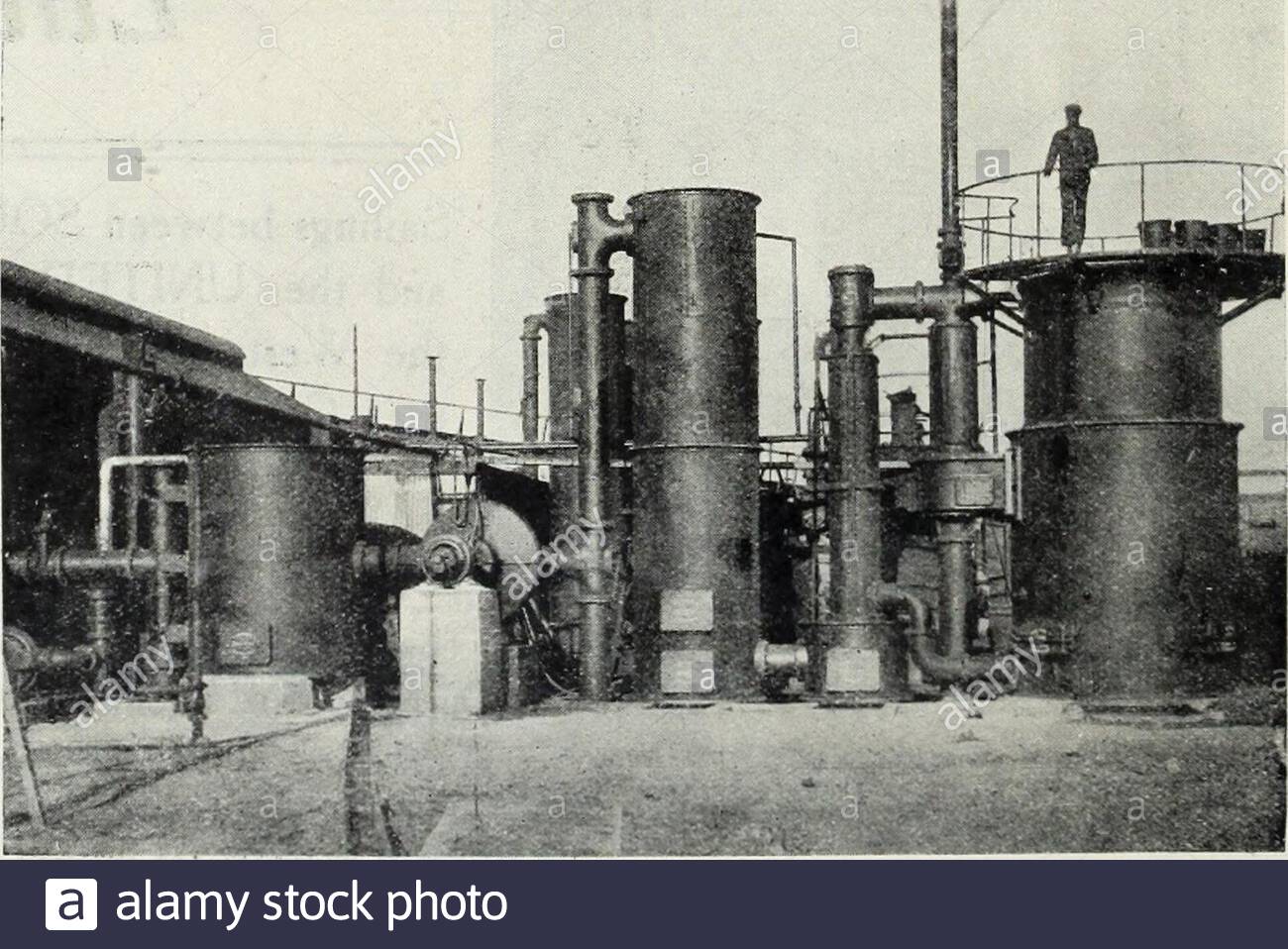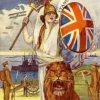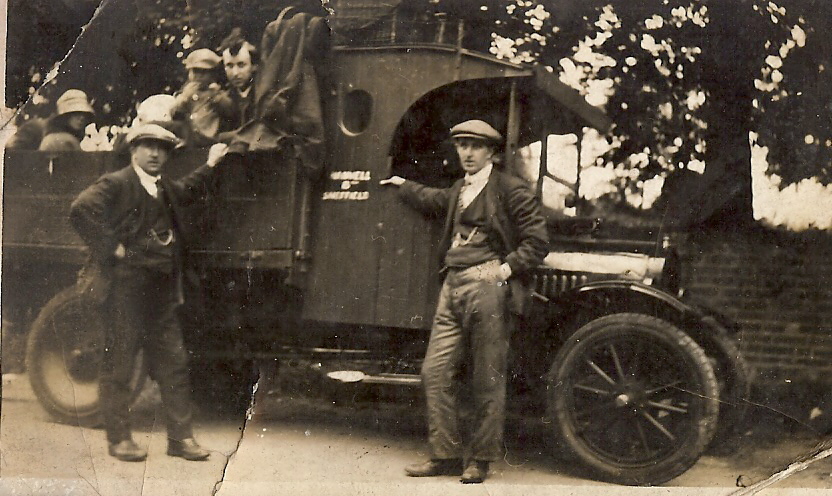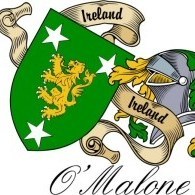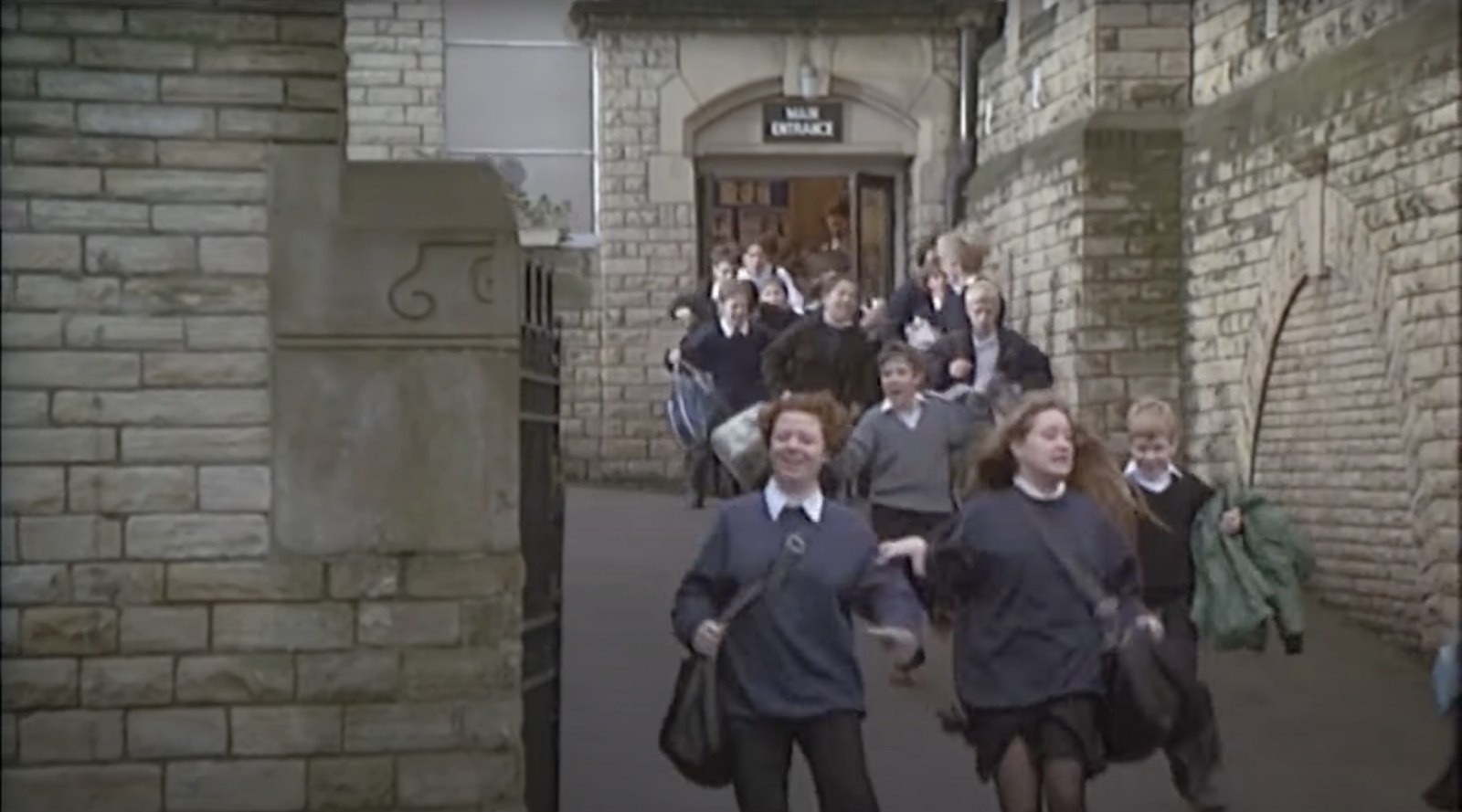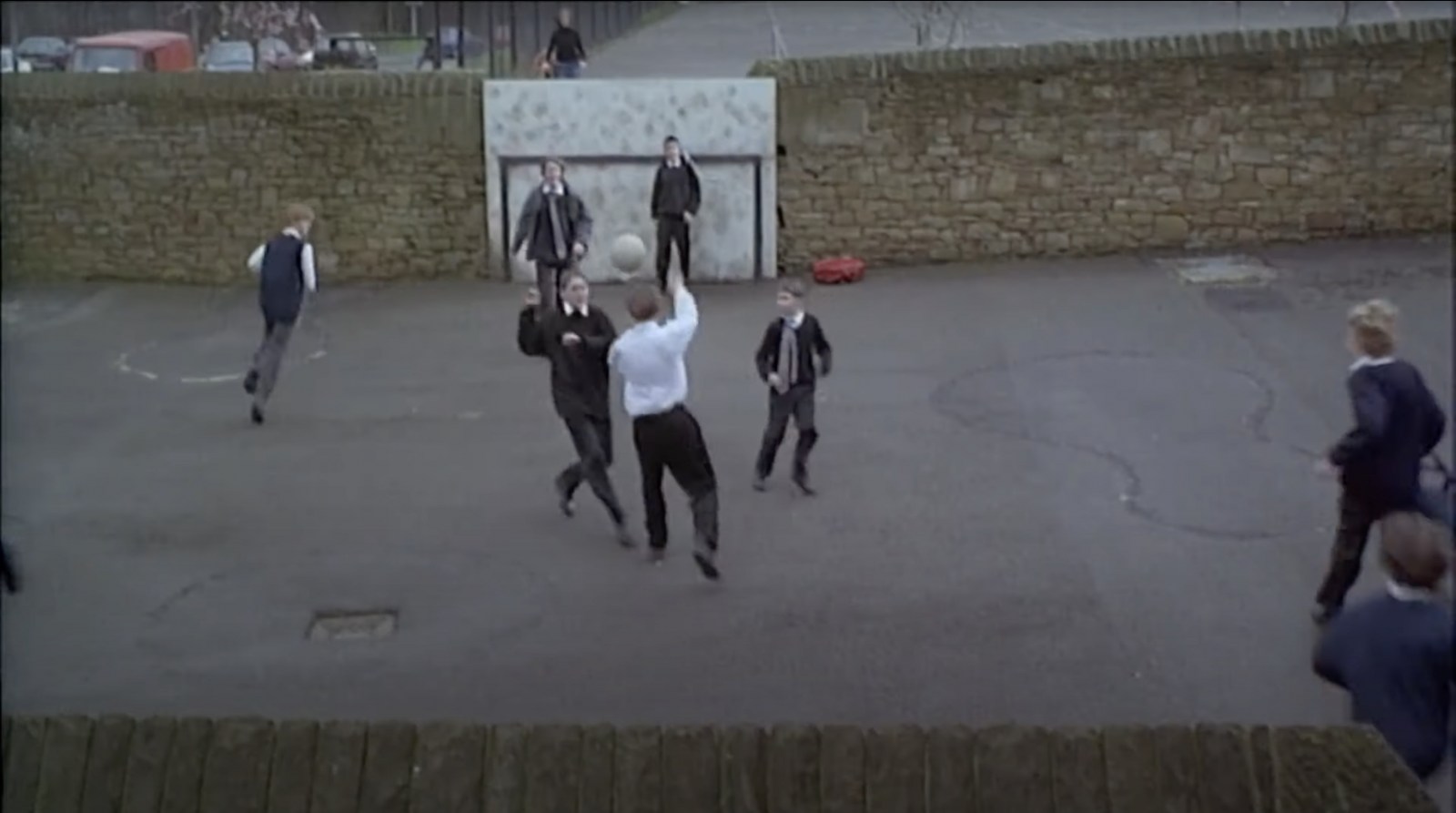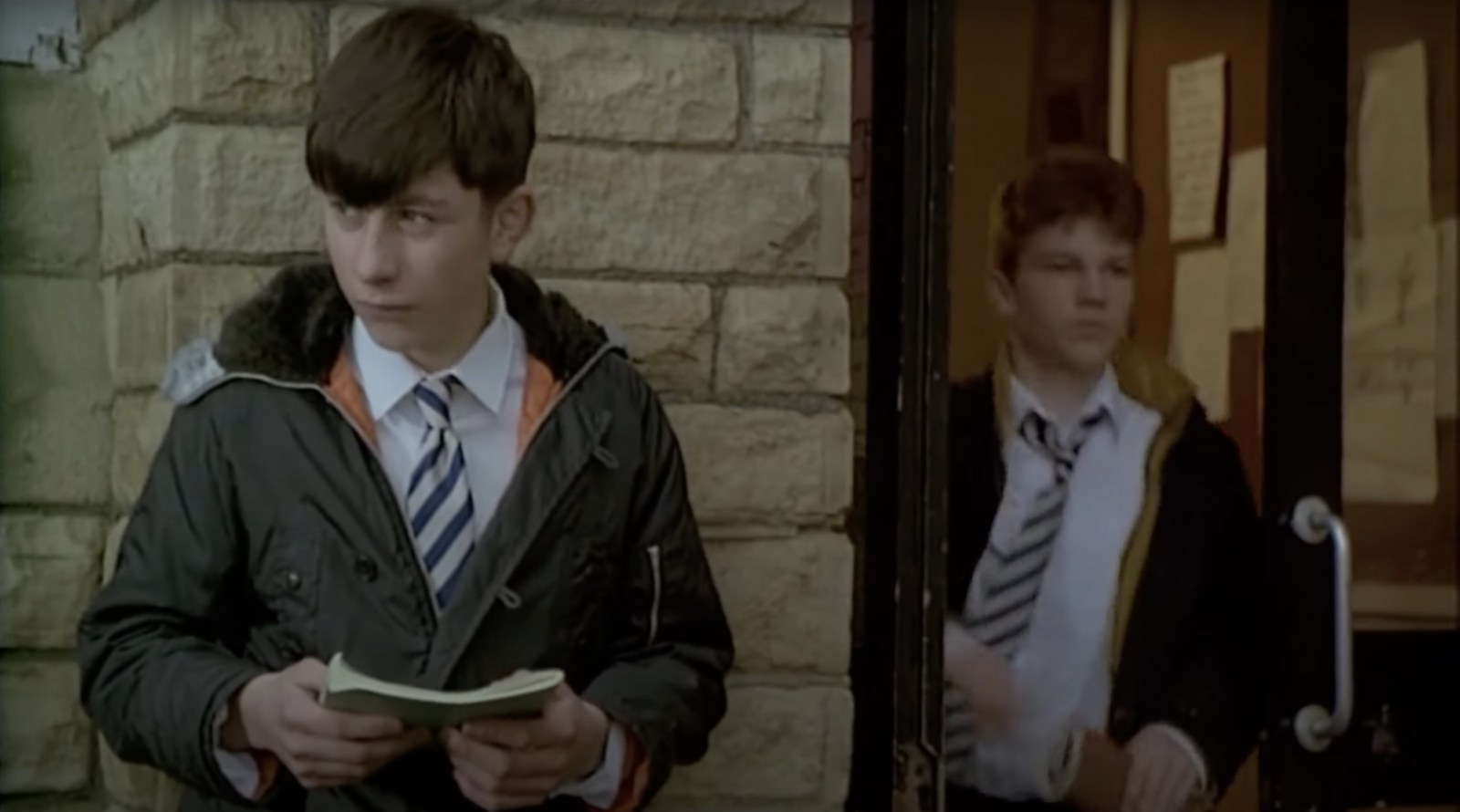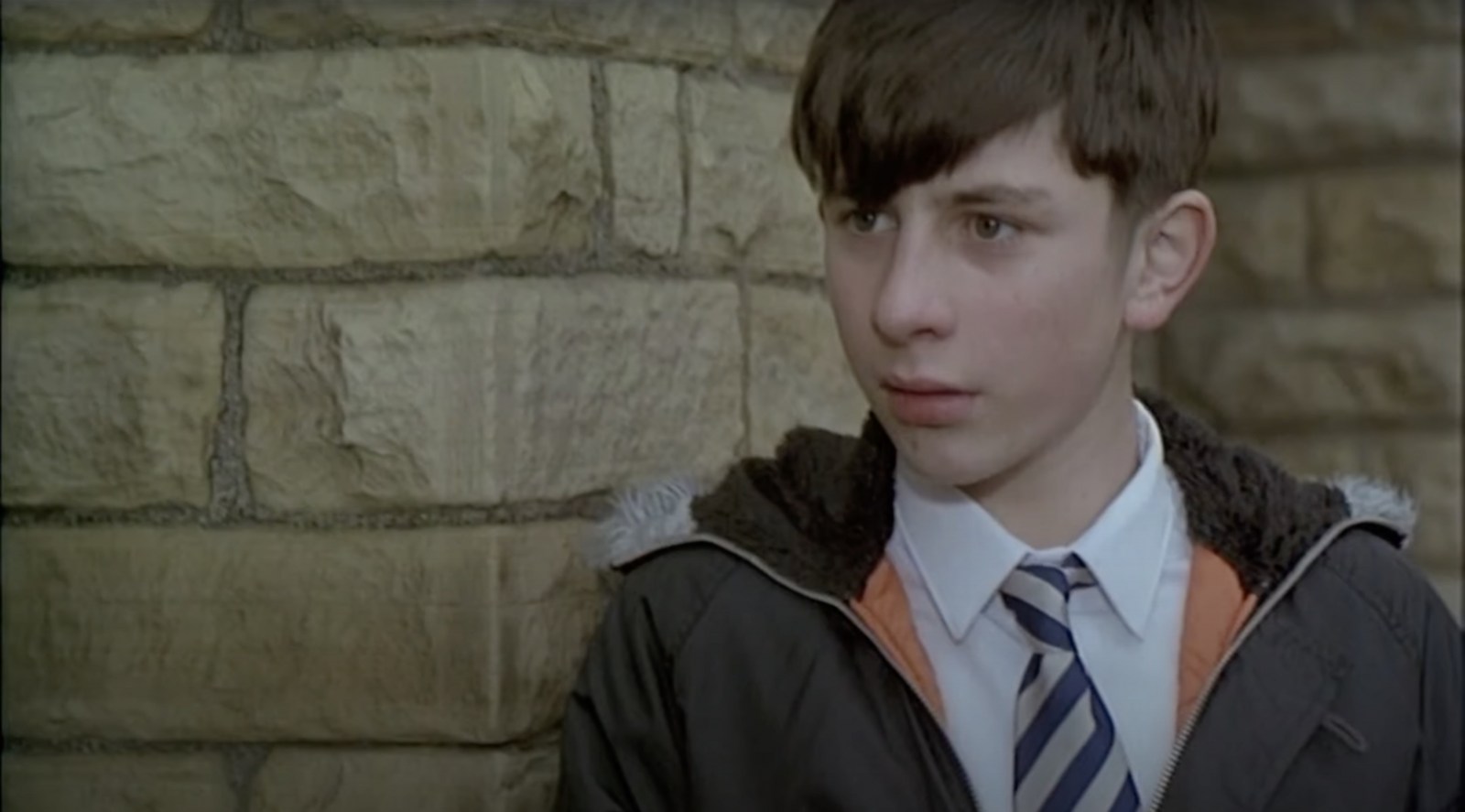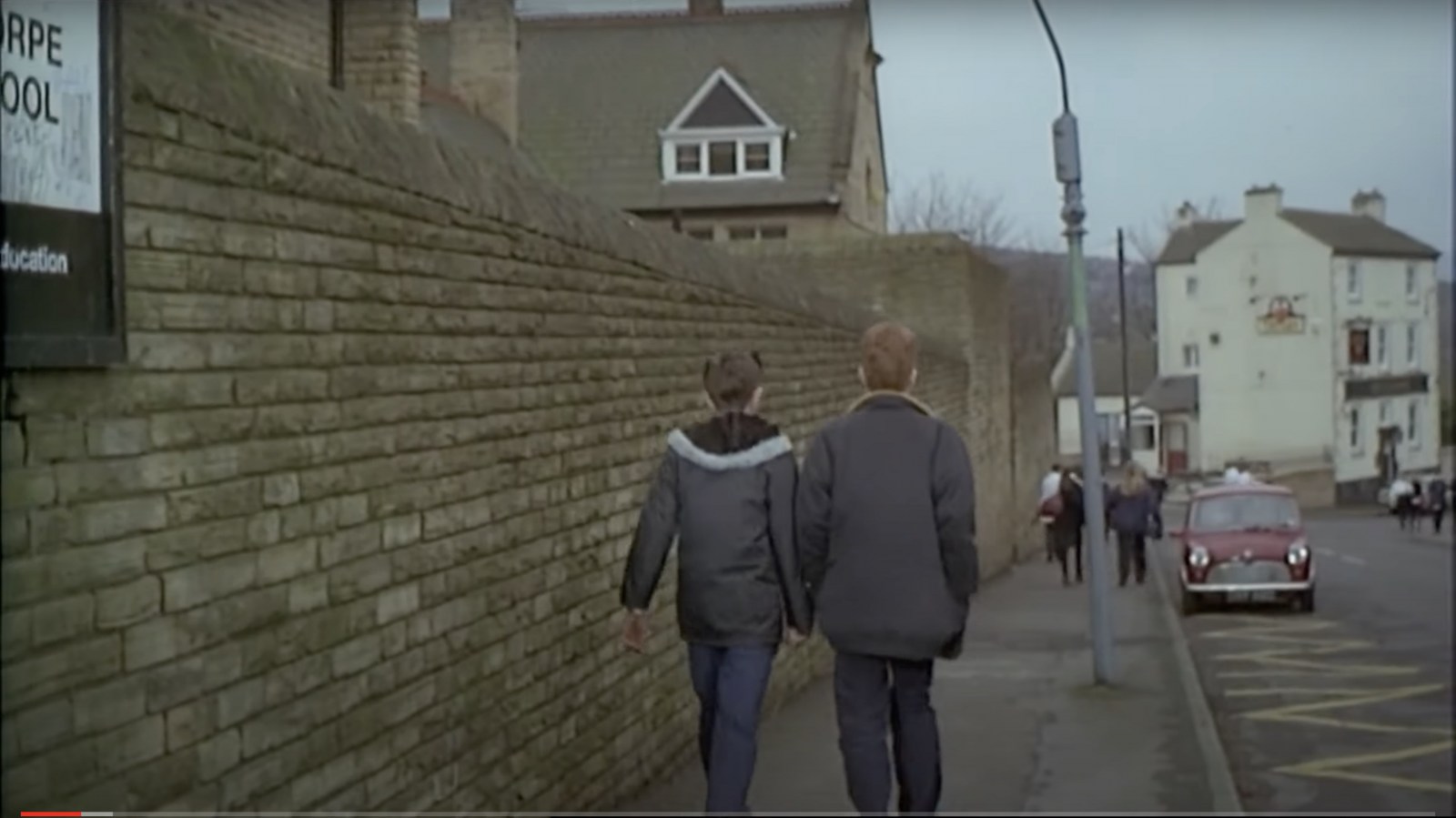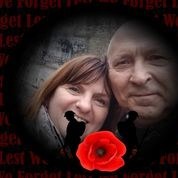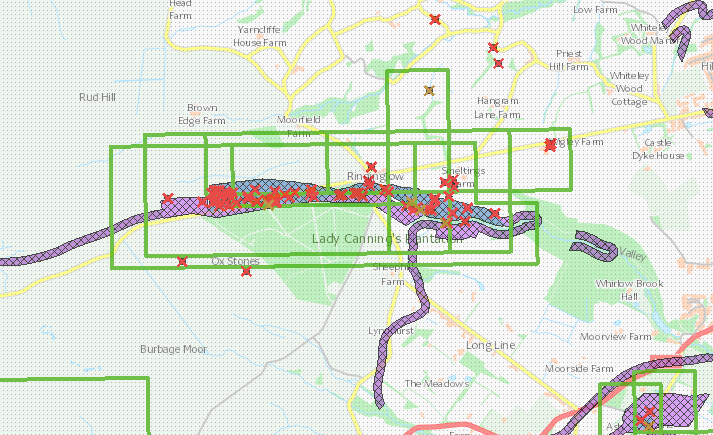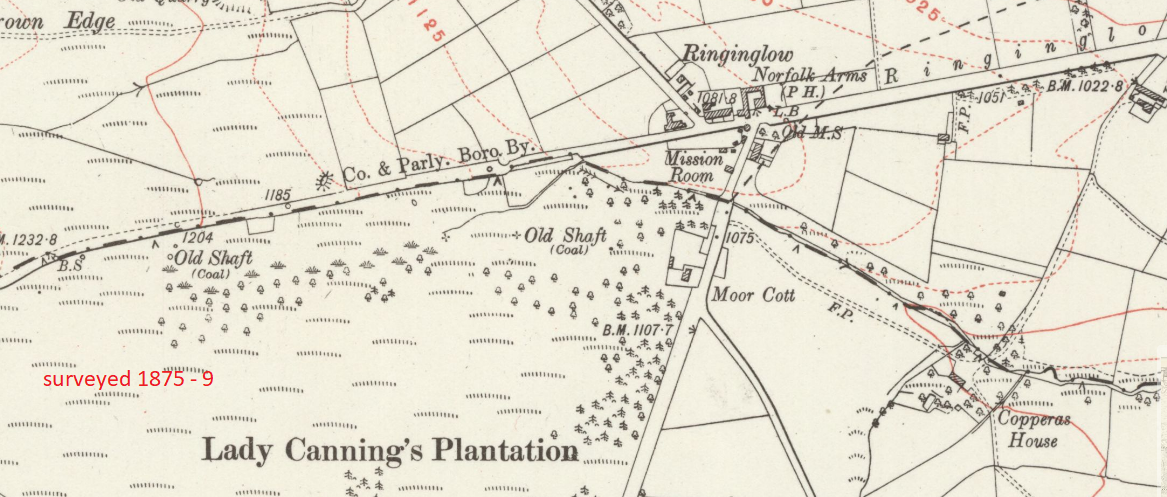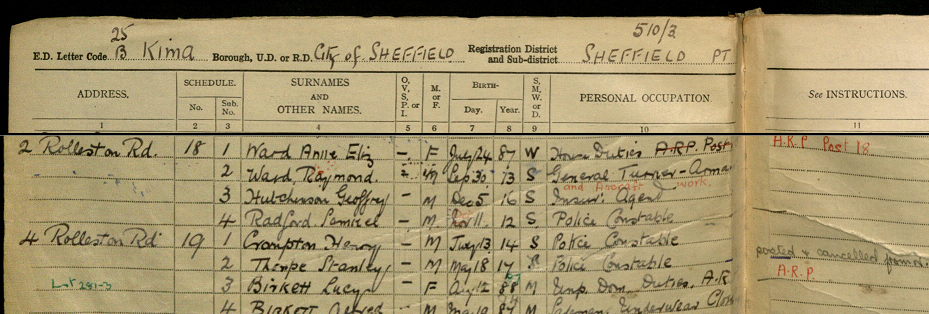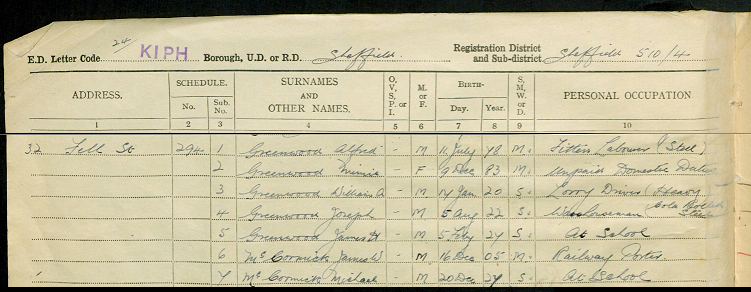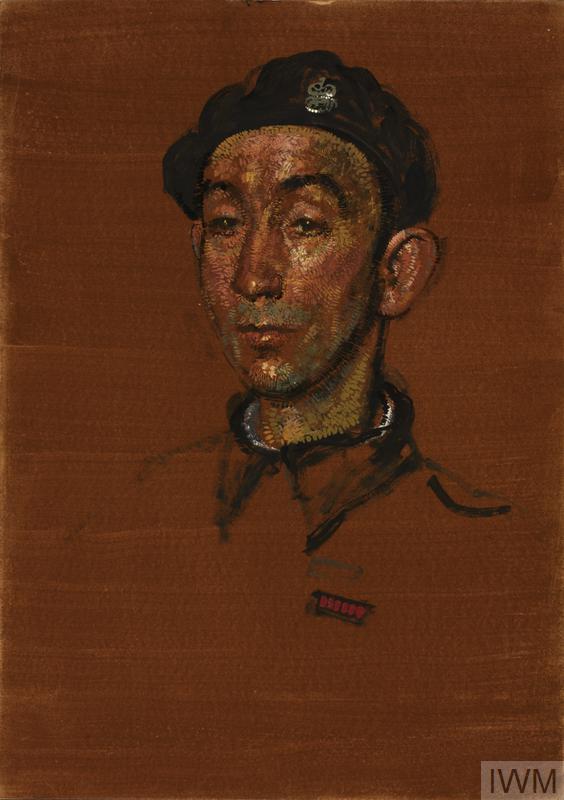Search the Community
Showing results for 'coal pit lane'.
-
You really would have to have been born into a certain class of society and in a certain period to really appreciate the benefits of the rag n tag, Norfolk Market Hall and Dixon Lane. It wasn't about prices (which were as low as they could get), nor was it about quality (which was as varied as you chose), it was about COMMUNITY. A community that travelled together on trams and buses, not cars, that walked long distances without thinking it extraordinary, that faced hardships such as coal rationing, very long snowbound winters and basic foodstuffs and which above all related to one another. This last part applied on the streets, in the pubs, in the churches, and in the mucky, disease provoking workshops of an industrial city which was proud of its name. Those contributors here who denigrate the atmosphere of the Saturday markets can not have had a life rooted in such fertile ambience. You could not go "to town" on a Saturday without meeting several acquaintances or relatives. It was a village atmosphere in a city. Now such puritan architecture experts try to re-create such an ambience with false identities like Poundbury. You can't. Meadowhall will never be like the rag n tag. It was there. We loved it. We missed it and will miss it for all our remaining days along with the colourful characters who you see in the historic black and white photos. Cherish the photos. Regret that you didn't experience it. For it was US....US SHEFFIELDERS...us carrying coal from the canal wharf in a barrow, picking up horsemuck for the tiny rosebed in the backyard, clearing the snow off our front, spreading coke on icebound steep footpaths, and visiting family every Saturday on Sunday, unannounced but always welcomed. This WAS life! A postal order from your grandad at Christmas was like a win on the treble chance. An apple and an orange a fruitful bounty. Everything that came after that was, by comparison, shallow and lifeless. You can have your nightclubs and your cocktail bars. You have NOT lived. The writer's grandmother sold flowers in Dixon Lane from an upturned fruitbox. She was killed by an unlicensed teenage driver as she crossed East Bank Road on her way home . RIP Martha Westnidge. RIP the best days of our life.
-
I think whatever it was there was probably some kind of gas handling there. Just because so much to do with coal involves gas - whether syngas from pyrolysis and distillation, or methane from mine workings. Now that I think of it, does mine water have gas dissolved in it that coud be separated and used? Not saying that's what it was but it'd be an interesting idea if a facility brought up both mine gas and water and used them to process each other. Also you could have just replied at the bottom of the thread - you don't need to quote the entire original post. 🙂
-
It looks like a temporary water treatment plant on the edge of a larger construction site. Dirty water goes in at the left, through filter presses and comes out clean on the right. Gas goes up the chimney. Two possible applications; (1) before developing a large coal field several test bores were drilled to establish what lay beneath or (2) landfill sites have vents installed to release leachate (dirty water) and gasses as the ground settles. Either case would need some treatment plant to dispose of the ground water.
-
That's fascinating and puts a new spin on it. This is from the analysis from Allen Hatheway and offers some explanations: View the image from its upper right, along a line of visual progression, toward the lower left corner. 1) This is very-much a “typical” single coal-tar still. 2) There are two men standing (for image-scale). Both men would be assigned to the individual pot still shown in the view. 3) The still feeds directly into the UK-pattern RR tar tank waggon 4) I judge the image to date from post-WW-I 5) All tar stills were dangerous from fires and explosions and o Were not enclosed within built-walls o Were separated from each other (if more than one) 6) This is a ‘batch’ still (probably 2000 Imp. gal); not a ‘continuous’ still. 7) At the upper end of the view is a non-involved steam-driven ‘donkey-engine-powered’ crane riding on perpendicular rails; such as can be brought around to move incoming rail tank waggons, such as the lower-left man stands upon. 😎 The upper-right dark-tone (”ge” overprint) is the brick-and-steel batch still. 9) Cooling-Water tank (man standing on top) to supply the tripple- compartment still-vapor condensor, into the selected sp. gravity-grade of tar “oil” being produced in the particular “batch.) 10) Rectilinear, three-compartment “condensor.” 11) Unidentified vertical cylinder, possibly a separate vacuum pump off-line from the gravity-feed line to the large distilled-product-’ stained, open-topped tar-product storage tank, This whole still may have a duplicate tar still located off-view, to the right. The Yorkshire Tar Distillers had multiple tar distilleries, at presently unknown locations. The company apparently was in business as recently as 1989. Particularly significant is the horizontal tanks aren't a permenant part of the plant but dismountable tanks carried by rail cars or lorries. They were just left on site until they were full. It's disorientating because modern tyre and plastic pyrolysis plants look nearly identical, but built the other way around. Their horizontal cylinders are the ovens the raw material is cooked in, not tanks where the end product is collected. Just noticed the 8 and closed bracket has been converted automatically into a smiling face with sunglasses. Think I'll leave it that way. 😄
-
The more recent image reminds of the song with the lyrics "They pave paradise, put up a parking lot". Yes I did myself have a wonder around Google aerial views. And looked around in disgust as the city centre has turned into a place to park cars. Despite the coming of Supertram. The older bridge is the one that fed the Soap House Depot. It linked via a line to Woodburn Road, entering the main lines at the back of the Signal Box. There would have been another bridge over the Nunnery lines in a dead straight alignment of the older bridge and would have cut through the pipe bridge, which was of course put in later. This took the line to the Woodburn Road box. As Soap House was a coal and coke depot, then linking it to that point would take it to the Nunnery Colliery, just past Woodburn box. By the way the railway company who named the single box, left out the letter "O" of Woodbourn Road, by mistake.
-
The plot thickens. I've just discovered something called a bituminous suction gas plant. It's the only other thing I've seen that looks like what I saw in both scale and appearance. Gas suction plants were made by several companies including Campbell Gas Engine Company in Halifax. I'd discounted significant gas production because the site didn't have a gasometer (or if it did it was a really small one). But the brochures say one of the selling points of suction gas is not needing a gasometer. They're power sources for other industries so if there was one there it would have to be connected to some other part of coal byproducts processing. There'd be no reason for one to be sat on its own surrounded by fields. Maybe ammonia and benzole recovery as well as tar.
-
Could be a coal gas mains dewatering plant. There were some pretty hefty coal gas mains around Sheffield, back in the day, supplying coal gas solely for industrial users. One such system connected the Orgreave site with the steelworks. Cannot help with location, but there seems to be a railway embankment in the background. Possibly, the 1500v DC line.
-
I've been interested in industrial history for a long time and around 1996-97 we started driving around South Yorkshire to see what there was to be seen. Which gives you some idea the kind of pain in the arse teenager I was - "Hey Mum! Let's go to Orgreave!" We saw a lot of interesting stuff but one thing in particular stuck in my mind and I'd love to find out more about it. It was a tiny industrial site that looked more like a big outdoor chemistry set than a regular chemical plant. Every inch of it that wasn't encrusted black was rusty. I was amazed it was still operating, and I know it was because it stank of rotten eggs. The location in the middle of open countryside made it stick out even more. It was like looking at the industrial revolution (smelling it too). I always regretted not stopping for a better look, and we were lost at the time so I was never able to relocate it. I remember the site being just a couple of minutes drive outside the built-up area of Sheffield or Rotherham. The two-lane road went past the lower side of the plant (it was on a flattened area of a gentle slope), then turned a right-angle left in front of it, then once past it turned sharply right and away. The plant was set back from the road beyond what looked like a large gravel car park, but I assume that was a turning space for lorries as there were only two or three cars parked right up at the plant. The only trace I have ever found is the attached photo. That may not be exactly what it looked like, but it conveys the small, thin, unusual structure. I contacted an American expert http://www.hatheway.net/25_contact_info_Hatheway.htm who told me a lot of technical detail about what it was (single-pot tar distillery), but couldn't help with location. To be clear I'm not asking for identification of that specific photo. I'm pretty sure that ultimately grew into Kilnhurst Tar Works. Neither was it any of the other Yorkshire Tar Distillers main sites, or a coking plant like Monckton. Those were all huge industrial sites and this was tiny, as the photo shows. Does anyone remember this (maybe it even still exists), the location, any details of people who worked there or how it operated? It was a weird little stinky chemical plant in the countryside, right next to a main road that turned in an unusual way, so I'd expect it would stick in someone's memory. I've pored over satellite photos and old maps, dug through the archive at the National Coal Mining Museum, contacted a company, a historical society, three specialists. This is my white whale, people. Someone help me catch it.
-
Does anyone remember this firm, based in the East of the City, but I'm not cerrtain where. This photograph is the only clue to the existence of tjhe firm, taken, by the looks of it, in the 1920s or 1930s
-
I firmly believe that the upsurge in litter and dumping was caused by the building of new homes without fireplaces and in older houses electric and gas fires being fitted which left thousands of people with nowhere to burn rubbish, my dad used to "bank" our fire up at night with potato peelings so by morning the fire was still in and the house was warm. Not everybody could afford to but loads of coal so vegetable bits, old shoes etc were saved for the fire, we would never have thought to drop any litter outside unlike todays litterers.
-

Council Planning applications - a great source for plans!
History dude posted a topic in Sheffield History Chat
I recently became aware of a source of plans for old buildings and other historical stuff that some of you might not know about. That of the Sheffield Council Planning Applications. The link is below: Sheffield Planning Applications All you need to do is either type a keyword or a postcode into the search box and hopefully you find some useful applications, which are not just the current ones, but can be many years old. You have to go through each result. And if the application had documents that will show up as a tab! For example if somebody needed to do some work to an old building then it would require permission. And often there are lots of documents such as drawings of the building (in scale) as it currently is! These come in PDF format too and you can download them free of charge. There's also lots of other information too, for example if the Coal Authority is contacted or Yorkshire Water. For instance by typing in "Nunnery" I came across the plans of the original Nunnery Goods shed. With detailed drawings, including the interior. I also found the application for the extension of Prince Edward School, which if you remember I mentioned destroyed the Sheffield Park Stone wall. There wasn't even a mention of the wall in them! Though there was a large debate on the old coal mine shaft which had to be topped off. The people in charge of the sewer system also wanted them to build a fat/grease trap if any kitchen was to be incorporated. So at least that problem shouldn't be a big problem in the future! -

Local sayings from yesteryear!
peterinfrance replied to peterinfrance's topic in Sheffield History Chat
Hi Athy I think you are right about "Loov or Luv) but wasn't "Duck" as in "Eh up duck" used as frequently? Here are a few more:- Coil Oil - Coal House Pull thi sox up - Sharpen/smarten up Middle fer diddle - Bulls Eye at darts -
Some posts by various people who were based there, made on Sheffield Forum back in 2009 .... I was stationed there oct 54 june 57 worked in officers mess was the last building on the site nearest to lightwood lane the building still standig brick built witch has just lost its roof was the station sick quarters Aproblem with the site was that it sat on the yorkshire -derbyshire boundry the officers mess dinning room was in derbyshire the antiroom in yourshire the m t section in derbyshire the gaurd room in yorkshire rather confusing if civil police -fire people were called on site Sorry dont know any thing about COAL ASTON except what i have read on thread A s well as signalls and radar section on camp there was a terriorial R.A.F.regiment C.O in my time were F/L AMES-F/T STUBLEY ALSO A A.T.C SQUADRON i believe this is still in being some where in the district I was stationed at RAF Norton from 1955 to 1957. I was a cook. The station was then used for, as far as I can remember, the Aerial Riggers school and also 3GRSS which was to do with radar. The base was still open when I left in '57. We used to catch the bus outside the camp on a Saturday to go and watch Sheffield Wednesday, I think the bus route was called 'The Circular'. Another favourite haunt was a pub called 'The Nailmakers' which was not far from the camp. I also vaguely remember a dance hall in Gleadless which was named 'The Azena' or something like that. When I left the Airforce I went back to Sheffield and worked for a firm called Davies which was in Paternoster row. I was there for about 12 months before I went back to Scotland. My fondest memory of Sheffield was when I arrived. I came in at Midland station in Pond St at about 2am and did not have a clue where to go. There was a bus garage nearby and I asked for directions. The mechanic looked at me and all my gear and he said " I don't care how fit you are but you won't get to Norton with all that stuff, it will kill you". Lucky for me he had to test a bus and he ran me up to the RAF station. When I saw how long and steep Duke St was, and the long trip down from Manor Top I realised what he meant. After that experience I did enjoy my time in Sheffield. I was stationed as R A F Norton with the RAF Police for 2 years from 1952 to 1953 along with Corporals Peter Lowe from Liverpool,Cpl John Baines from Inverness, and Cpl Alf Seddon from Lancashire looking after the Guardroom and Station Security until being demobbed from there in Sept 1953 (after the Coronation.) The Station Adjutant at that time was a Flying Officer Terry who was in overall charge. During that time it was No. 3 GRSS ( Ground Radar Service ) and also a Motor Pool. I would be interested to hear from anyone else who was stationed there around that time. Hi there Mark I too was stationed there the same time as yourself. Was Cpl Baines know by the nickname of "Isiah" Who was the AFP Cpl who put the 303 shells in his pants to hold them sown over his puttees?
-
I think over the years some confusion has grown between RAF Norton and the earlier and quite separate grass airfield at Coal Aston ( between Norton and Dyche Lane) which in WW1 was used by elements of both the RFC and RNAS. After the Armistice the airfield found itself being used for aircraft storage as No2 (Northern)Aircraft depot. That said, the airfield continued to be used for civilian aviation, most notably at "Flying Weeks" when ,for instance in 1919, a Vickers Vimy made a flight from Sheffield to London in 95 minutes. It was planned to become Sheffield's civilian aerodrome...but like so much else, this failed to become a reality despite the Corporation using its powers to purchase land. RAF Norton was established... without a runway or other flying requirements..and was used ,whilst still incomplete, by No16 Balloon Centre. The Sheffield Gun Defended Area first, operational, use of its balloons was on 26 August 1939....some days before the declaraation of War.
-

Photos of Sheffield City Centre from the 1950's
fentonvillain replied to Sheffield History's topic in Sheffield History Chat
A walk down town on a Saturday morning was a snapshot of life in its entirety. People everywhere. And you always bumped into someone you knew! Not like now ! Both my mum and dad worked on Saturday mornings so it was up to me to do a regular trip round the various bills to be paid......the estate agent in Norfolk Row for the rent, Burnett and Hallamshire in Change Alley to pay the coal bill, the YEB in Commercial Street and so on. Dodging the crowds, hearing the hawkers, the whine of the trams....absolute joy! Not so much fun when coal was in short supply, though. The wheelbarrow trip to the canal wharf where people queued with old prams for nutty slack and returning without tipping the lot on an unseen kerbstone was a nightmare. But we survived to tell the tale. -
Paul Bruce Dickinson was born on 7 August 1958 in Worksop, Nottinghamshire. His mother, Sonia, worked part-time in a shoe shop, and his father, Bruce, was a mechanic in the British Army. His birth hurried the young couple, who were then just teenagers, into marriage. Initially, he was brought up by his grandparents; his grandfather was a coal-face worker at the local colliery, and his grandmother was a housewife. This is referred to in his song "Born In '58" from the album Tattooed Millionaire. Dickinson started school at Manton Primary in Worksop while his parents moved away to Sheffield. Soon afterwards, when he was six, he was also despatched to Sheffield, where he attended a primary school in Manor Top. After six months, his parents decided to move him to a small private school called Sharrow Vale Junior. Due to constant moving, Dickinson states that this period of his life taught him to be self-reliant as he was unable to make close friends. Dickinson has a younger sister, professional showjumper Helena Stormanns, who was born in 1963. He tried to isolate himself from her as much as he could when he was young, supposedly out of spite because she, unlike him, was a planned pregnancy and birth.
-
Sorry if I move from coal to stone . I suppose I should start a new topic Every hill in the West of Sheffield seems to have had a quarry. Looking for the history of the quarry right hand side of High Storrs going up the road and a smaller one left hand side. The bigger one had coal workings and a pile of slag that gave a fast bike ride down. The cliff presumably was the remains of the quarry and gave an exciting scree run down (until one boy tripped and rolled the rest of the way - breaking his collar bone). According to my 1903 map many of the quarries doubled as brickworks.
-

School scene - When Saturday Comes Filming Location
Sheffield History posted a topic in When Saturday Comes
The first time we're introduced to our main characters is in a school scene where Jimmy Muir is told in no uncertain terms by his school teacher that he can't be a footballer and will probably end up down the coal pit. He comes out of school unhappy with what he's heard (and taking his tie off) goes and scores a goal in the playground before taking Russ for a pint in the local pub! -
The Devonshire Arms in Dore was Head Office for the "Dore Coal Mining Co"....It was named in a list of coal companies which were in existance at the time of nationalisation. I placed a small plaque in the pub ...which received a deal of disbelief/derision from some "incoming" regulars who didn't want to know that" leafy Dore" had an industrial heritage let alone that it had links with the coal industry.
-
-
In 1871 a consortium found coal at Ringinglow and sank two shafts, bringing up a small amount of good quality fuel. The had problems with water in the strata above the coal measures and despite spending £3,000 on efforts to remove the water, failed as it was above the coal. The promotors gave up on the scheme at this point. The two shafts stood idle until 1905 when the landowner, Alderman Wheatley (Mayor in 1903), filled them in. However in 1907 Alderman Wheatley, on the advice of mining surveyor F.G.Buxton, decided to reopen a drift mine into the seam, rather than go to the expense of sinking shafts. A pumping engine was used to clear the water which had been a problem previously. The seam was 4 ft 6 ins thick and believed to be spread under the whole of the 100 acres of land owned by Alderman Wheatley on the Sheffield side of Ringinglow. At Ringinglow village the seam is at the surface, but at the site of the old mill was about 70 yards deep. A few tons per week were being extracted in 1907.
-
I cannot find evidence of drift mines or old pitheads but can north side of High Storrs RD
-

PC Samuel Radford - George Medal - 1940 Blitz Bravery
Edmund posted a topic in Sheffield War Years and The Sheffield Blitz
Four Sheffield men and two Royal Army Service Corps men were awarded the George Medal in 1941, for heroism during the Sheffield Blitz in December 1940. The George Medal had been instituted by King George V1 on 24 September 1940, equating civilian acts of bravery with those of the armed forces. There has been little recognition of these six brave men since the award of their medals, partly because of their own modesty. However I think that with the approach of the 80th anniverary of the Sheffield Blitz, it's time to celebrate these men. Some have them are mentioned in books, notably Margaret Drinkall's "Story of Sheffield at War" - M Drinkall , Paul Licence's 'Sheffield Blitz' and the Star and Telegraph's 1948 publication Sheffield at War but even then gaps and major errors exist. I have tried to gather whatever I could for each of these men - I think they deserve a thread each on this site - and hopefully others will be able to add further knowledge. Samuel Radford was born on 11th November 1912 in Bulwell, Nottinghamshire and was the only son of Samuel Radford a coal hewer, and Elizabeth of 157 Newmarket Road, Bulwell. Samuel was educated at Quarry road school, and on leaving became a joiner. At Bulwell he played cricket for the Main Street United Methodist team and was an excellent swimmer. He joined the Sheffield Police force in 1937. In 1940 he was a 28 year old police constable lodging at 2 Rolleston Road, Firth Park, with Annie Ward (herself a 53 year old ARP warden). Samuel spent five hours during the blitz tunnelling beneath wreckage to save 18 year old Joseph Greenwood, trapped in a cellar at 32 Fell Street, Brightside. Already rescued from the house were Joseph's parents Alfred and Minnie, his 13 year old brother (James) Harry, sister-in-law Elsie Greenwood (nee Day who had married Joseph's brother Frank in the summer of 1936, who were living at number 4 Fell Street) and her 5 year old daughter Pearl, It is not clear where Pearls' sister, 2 year old Elsie was. It is also unclear whether the husband and son of Joseph's sister Elsie, James McCormick and Michael were involved. As P.C. Radford dug under the rubble, at risk of further collapse and falling bombs, the Auxiliary Fire Service were putting out fires that were starting around him as he worked. Several times he himself was partly trapped. A matter of seconds after retrieving the lad, the whole of the cellar and building were engulfed in flames. He then helped at another house where a number of people were buried. He saved the lives of a total of 15 people. The Chief Constable, Major F.S. James told a reporter that Radford was "an extremely bashful and reticent young man". When a Nottingham Evening Post reporter interviewed his mother Elizabeth in March 1941 she was unaware that he had been awarded the George Medal. "I am not surprised" she said "because I knew of what he did during that air raid. He was at home last week-end, but he did not say very much about it". From the Yorkshire Post of 8th March 1941: "P.C.Radford's bravery resulted in the saving of the life of a 16 year old boy who was trapped up to his chest in debris in the cellar of a demolished house. P.C. Radford worked alone for three hours. All the time bombs were falling in the vicinity. After rescuing the lad he went and attended to some casualties and then went to a stable where some horses were trapped. He smashed down the door, removed the debris and rescued six horses. His bravery has already been acknowledged by Sheffield residents, 200 of whom have signed a petition to the Chief Constable. When told of the award, Radford said "This is not only an honour for me, but also one for the Division. It will be a nice wedding present from the King". He then revealed that in a few weeks he is to be married. It is a police-station romance, for the bride is to be Miss Gwen Smith, a telephone operator at the police headquarters to which Radford is attached." Gwen was the daughter of a police inspector. Their wedding took place in June 1941 at Hillsborough Trinity Methodist Church, attended by many friends and relatives from Bulwell, and Samuel's sister Kathleen was one of the bridesmaids. Samuel and Gwendoline had three girls (Audrey, Beryl and Valerie) followed by a boy, Samuel junior, in 1949. Samuel died on 6th June 1979 at 91 Firth Park Crescent. -

Leslie Crofts - George Medal - 1940 Blitz Bravery
Edmund posted a topic in Sheffield War Years and The Sheffield Blitz
Four Sheffield men and two Royal Army Service Corps men were awarded the George Medal in 1941, for heroism during the Sheffield Blitz in December 1940. The George Medal had been instituted by King George V1 on 24 September 1940, equating civilian acts of bravery with those of the armed forces. There has been little recognition of these six brave men since the award of their medals, partly because of their own modesty. However I think that with the approach of the 80th anniverary of the Sheffield Blitz, it's time to celebrate these men. Some have them are mentioned in books, notably Margaret Drinkall's " Story of Sheffield at War - M Drinkall, Paul Licence's 'Sheffield Blitz' and the Star and Telegraph's 1948 publication Sheffield at War but even then gaps and major errors exist. I have tried to gather whatever I could for each of these men - I think they deserve a thread each on this site - and hopefully others will be able to add further knowledge. Leslie Crofts was born on 14th September 1908, the son of George and Mary Jane Crofts - George was a coal miner of Lovetot Road. Leslie had attended the Woodbourne Road Council School before becoming an air-raid warden in September 1938. In 1938 he was married to Susannah (her maiden name was also Crofts) and in 1940 they had a 1-year-old daughter, Jessie. He worked at the Nunnery Colliery yard. The 32 year old Leslie Crofts was living at 106 Cottingham street in 1939, though reports state he was inhabiting 22 Coleridge Road, Attercliffe, which was the family house of his in-laws, Sam and Margaret Crofts, who had lived there since the mid '30s. In his capacity as an A.R.P. Warden, Leslie was sent to Staniforth Road after reports that a number of civilians had been trapped in a cellar. There he found a bomb crater of almost 30ft in diameter, under which a fractured gas main was ablaze. Defying the flames and digging with his bare hands, Crofts made a tunnel into the cellar large enough to allow three injured people to escape from the debris. He made sure they were safe before returning to the hole where he managed to attend to another two injured persons. Considerable care had to be taken as the debris could have collapsed at any time, burying the trapped victims and Crofts himself. All the time the rescue was being made, enemy bombers, using the blazing crater as a beacon, were dropping bombs nearby. Two police officers were quickly on the scene and helped in the rescue. They spoke highly of Crofts’ bravery in the face of fire, bombs and the possibility of being buried alive. Leslie was awarded a George Medal in March 1941 and was interviewed by a local reporter. He said that when the raid started he was working as a shunter in the yard of Nunnery Colliery. When the bombs started to fall he went to see if the wardens needed any help. He told the reporter: ‘I found there were things wanted doing so I buckled to, but I did no more than my duty. I only did what any other warden would do and I regard the award of the George Medal as a tribute to them also, as they all played their part.’ From the Yorkshire Post 8th March 1941: "Mr Croft escaped the embarrassment of being congratulated by his many friends by going to bed. In the district where he lives he is referred to as " the unknown hero", for after doing his heroic work he disappeared without leaving any clue as to his identity. His wife Susannah said: "I am proud of him. He is shy, and does not want any publicity. He only did his duty. When he came home after the Blitz he never said a word about what he did. His face was bleeding and his trousers were nearly torn off. Our own house was practically wrecked." A neighbour said: "We are glad he has been honoured, but we think some attempt might be made to provide him with another home." -
The Nunnery (1868 commencement), Manor and Manor Wood pits were owned by the Duke of Norfolk, as was the “occupation” or private road called Lovetot road, or Bacon lane. The Duke’s office possibly had a plan to run a spur off the existing coal tramway, along Lovetot road and over the canal to serve the Baltic, Fitzalan and Effingham steel works, and the Attercliffe Steam Corn Mill (though that burned down in 1863). The stillborn plan was probably nailed in its coffin when in 1878 the Midland Railway gained permission for changes to improve their network – this included: “stop up so much of a public foot-path and occupation road called Bacon-lane or Lovetot-road, in the township of Attercliffe-cum-Darnall, in the parish of Sheffield, in the West Riding of the county of York, leading from Blast-lane to Cricket Inn-road as lies between a point distant 4 ½ chains [about 100 yards, Woodbourne Farm] or thereabouts measured in a northerly direction along the said footpath or road intended to be stopped up from the centre of the bridge carrying the railway of the Company over that footpath or road, and a point distant 5 ½ chains [110 yards] or thereabouts in a southerly direction from the centre of the said bridge, and in lieu thereof to make a new road commencing by a junction with the said lane called Bacon-lane at the said first mentioned point, and terminating by a junction with a certain road or highway called Woodburn-road, at a point on that road distant 2 ½ chains [55 yards] or thereabouts measured along that road in a northerly direction from the centre of the bridge carrying that road over the railway of the Company.” With this huge expansion of the network of siding lines there, it would be uneconomic to run a coal tramway across them all, then over the canal, even with the Nunnery colliery volume to move.



